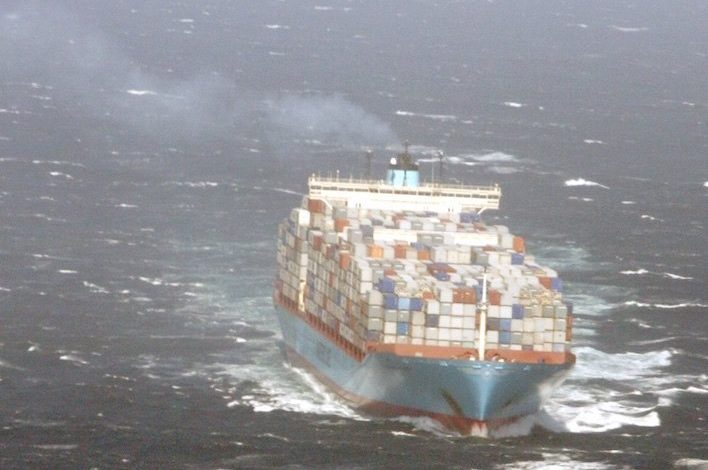OECD comes up with ways to decarbonise shipping by 2035

Deployment of all currently known technologies could make it possible to almost completely decarbonise maritime shipping by 2035, according to a new report published by the International Transport Forum (ITF) at the OECD.
Four different decarbonisation pathways examined for the study would reduce international shipping’s CO2 emission between 82% and 95% below the level currently projected for 2035, the report claims. This reduction equals the annual emissions of 185 coal-fired power plants.
Alternative fuels and renewable energy can deliver much of the required reductions, the ITF pointed out. Currently available biofuels should be complemented by other natural or synthetic fuels such as methanol, ammonia and hydrogen, the forum observed, while pointing out that wind assistance and electric propulsion have shown that they can bring additional reductions.
The report went on to note that technological measures to improve the energy efficiency of ships could yield a substantial part of the needed emission reductions. Market-mature options include, among others, hull design improvements, air lubrication and bulbous bows.
Moreover, operational improvements such as slower ship speeds, smoother ship-port co-ordination and use of larger, more efficient ships could bring further, important emission reductions.
The report, published just days ahead of a crucial meeting at the IMO to thrash out emissions rules for shipping, recommends to set a clear, ambitious emissions-reduction target to drive decarbonisation of maritime transport as well as supporting the realisation of emissions-reduction targets with a comprehensive set of policy measures. The document also urges smart financial incentivesbe provided to advance decarbonisation of maritime shipping.
“Certainty about the desirable decarbonisation pathway for shipping will help drive change,” said Olaf Merk, ports and shipping expert at ITF. “Clear guidance from governments is therefore essential to accelerate the transition towards zero-carbon shipping.“
The work for the report was carried out with support from the European Climate Foundation.

It was only 2 years ago that OECD/ITF bemoaned larger ships, and now it is part of a solution!
I could only agree however that alternative (to LNG and other fossil products) fuels is the path to take, and with 2/3rds of the earth under water, surely hydrogen can be in high supply.
Larger ships are one of a basket of measures OECD is suggesting be part of the mix in the search for solutions – obvious there are economies of scale in large ships moving large quantities of cargo. the downsize is this will disproportinately benefit economies with large ports and sophisticated secondary logistics infrastructure in place for then distributing the cargo from super-ports/super ships. For small, remote, uneconomic routes (such as every Pacific Island route) it only alienates us further from global economies.
The speed at which we can now move down any decarbonization path will be directly proportional to the level of proactive political and R&D investment made in developing solutions and proportional to the time and energy wasted in procrastination, filibustering and flat world thinking by the usual hard in the sand, reactionary voices that tend to dominate otherwise rational debate and delaying real work in organisations such as the IMO.
Well said.